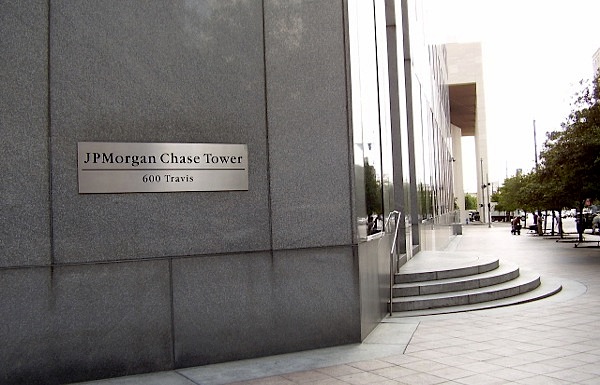JPMorgan gets $3.5bn after Mercuria buys its commodities unit

JPMorgan spent five years and billions of dollars building the banking world’s biggest commodity desk.
JPMorgan Chase & Co (NYSE:JPM), the largest US bank, has finally gotten rid of its physical commodities unit, scoring a $3.5 billion deal with Geneva-based trading house Mercuria.
Pushed by higher capital levels and tougher regulation, the US financial giant joins other banks such as Barclays and Deutsche Bank in a retreat that seems to mark the end of an era in which global investment banks rushed to take advantage of the commodity prices boom.
The all-cash deal, expected to close in the third quarter of the year, propels Mercuria into the elite club of global commodity giants, alongside Glencore Xstrata (LON:GLEN), Vitol and Trafigura.
The unit, put up for sale last year amid rising political and regulatory pressure on banks to go back to their core business, is considered one of the most powerful oil and metals desks on Wall Street.
“Our goal from the outset was to find a buyer that was interested in preserving the value of JPMorgan’s physical business,” said in a statement Blythe Masters, head of JPMorgan’s global commodities business. “Mercuria is a global leader in the commodities markets and an excellent long-term home for these businesses.”
The financial institution, which spent five years and billions of dollars building the banking world’s biggest commodity desk, added it would still provide traditional banking activities in commodities markets, including financial products and the vaulting and trading of precious metals.
Image from WikiMedia Commons
More News
{{ commodity.name }}
{{ post.title }}
{{ post.date }}

Comments